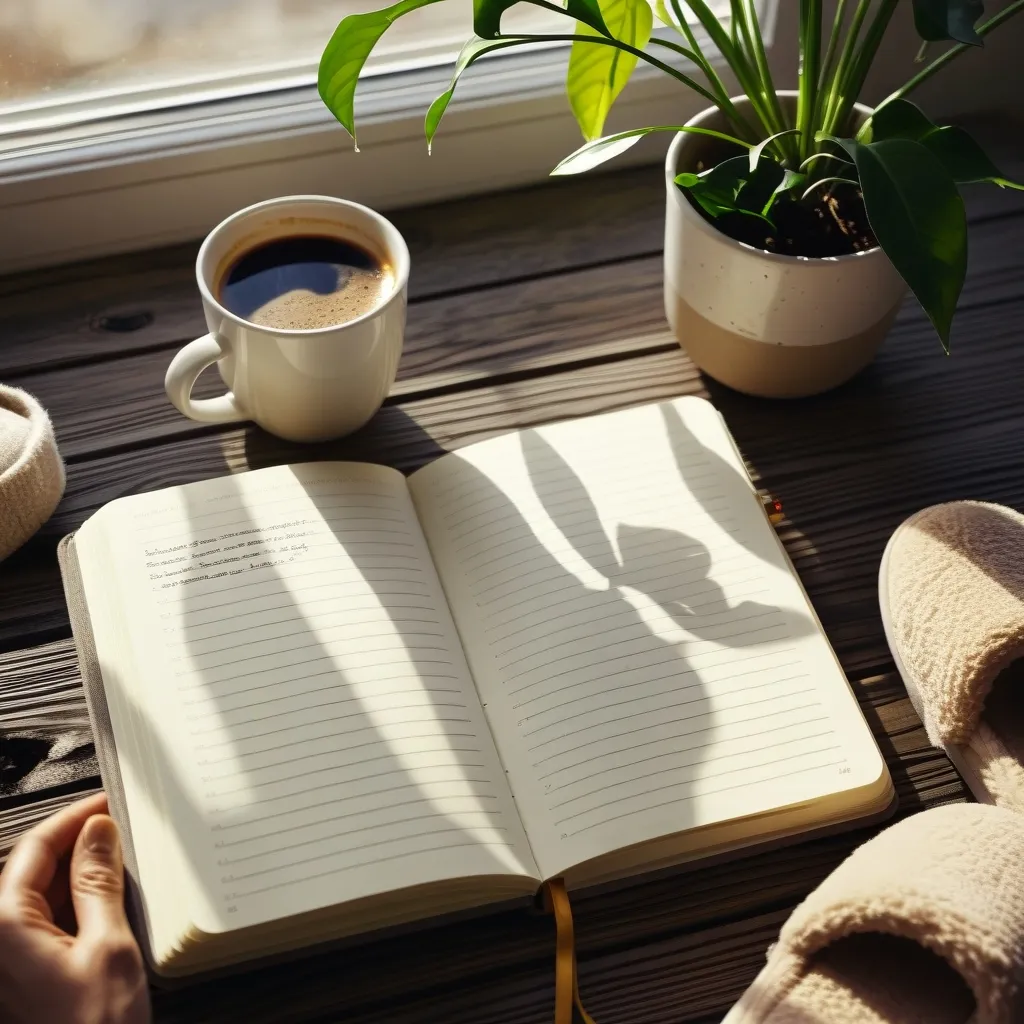Imagine a world where your messages are transmitted instantly, no matter the distance, and are completely secure from interception or hacking. This isn’t about advanced encryption or VPNs; it’s about leveraging the bizarre and fascinating properties of quantum entanglement for communication.
Quantum entanglement is a phenomenon where two or more particles become linked in such a way that the state of one particle is instantly affected by the state of the other, regardless of the distance between them. This concept, while seemingly like science fiction, is grounded in cutting-edge physics and has the potential to revolutionize how we communicate.
The Basics of Quantum Entanglement
To understand how this works, let’s start with the basics. In a classical network, information is sent as bits – 0s and 1s – through physical mediums like optical fibers or wireless signals. However, in a quantum network, information is encoded onto photons, the smallest units of light. These photons can be polarized in different directions, which corresponds to different quantum states.
When two photons are entangled, measuring the state of one photon instantly determines the state of the other, even if they are separated by vast distances. This property makes quantum entanglement ideal for secure communication because any attempt to measure or intercept the photon would disturb its state, revealing the presence of an eavesdropper.
Building a Quantum Internet
Researchers around the world are working tirelessly to develop a quantum internet that leverages this entanglement. One of the key challenges is creating devices known as quantum repeaters. These repeaters are necessary because quantum information is extremely fragile and does not travel well over long distances.
In traditional networks, repeaters amplify signals to extend their range. However, quantum information cannot be amplified in the same way due to the no-cloning theorem, which states that an arbitrary quantum state cannot be copied. Instead, quantum repeaters use entanglement to extend the range of quantum networks. They create multiple entangled pairs of qubits (quantum bits) that link together to form a giant entangled chain, a process known as entanglement swapping.
Recent Breakthroughs
Recent research has made significant strides in this area. For instance, teams in China, Europe, and the US have developed new protocols for generating verifiable quantum entanglement between distant nodes in a network. These protocols involve stabilizing the phases of independent lasers and using atomic ensembles to convert atomic qubits to single photons, which can then be transmitted over long distances.
One notable example is the work by Xiao-Hui Bao and colleagues at the University of Science and Technology of China. They successfully entangled two ensembles of rubidium-87 atoms in vapor cells using photons that had traveled down 50 km of commercial optical fiber. This achievement is a step towards creating a functional quantum repeater, which is crucial for a quantum internet.
Overcoming Technical Challenges
One of the major technical challenges is the short coherence time of entangled states. This means that the entangled states must remain coherent long enough for the entanglement to be confirmed through classical channels. If the entanglement decays too quickly, it becomes useless for communication.
To address this, researchers have developed innovative solutions such as the photon-nucleus entangling (PHONE) gate. This gate, invented by Lukin’s group at Harvard University, uses the electron spin temporarily and then transfers the information to the nuclear spin, which is much more long-lived. This approach avoids the need to measure photons at a central node and enables a serial entanglement protocol, effectively creating a distributed quantum computer.
Practical Applications
So, how does this translate into real-world applications? Imagine sending a secure message to a friend. With a quantum network, you could send an entangled qubit to them and keep the other one for yourself. Measuring the state of your qubit would provide a key that you could use to encrypt a message sent through a non-quantum channel. Your friend’s qubit, being entangled with yours, would function as the key to decrypt the message.
This method, known as quantum key distribution, is already being used for secure transactions such as bank transfers and ballot result transmissions. For example, in a city-scale network, entangled photons can be used to create secure keys between different nodes, ensuring that any attempt to intercept the information would be detectable.
Integrating with Existing Networks
Quantum networks are not intended to replace classical networks but to complement them. They will likely work alongside our current internet infrastructure, using fiber optic cables and other classical networking tools. Researchers are developing interfaces that can connect non-quantum systems, like your smartphone, to quantum processors and nodes.
For instance, Emilio Nanni and his team at Stanford University are working on creating computer chips that can bridge classical computers with quantum networks. This integration will allow seamless and secure communication between different types of devices, making quantum networking a practical reality in our daily lives.
Future Implications
The implications of quantum entanglement networking are vast and transformative. In the realm of finance, secure transactions could become the norm, reducing the risk of cyber theft and fraud. In personal messaging, the security and speed offered by quantum networks could revolutionize how we communicate, making long-distance communication as secure as a face-to-face conversation.
Moreover, quantum networks could enable new scientific discoveries by allowing researchers to share sensitive data securely over long distances. This could accelerate breakthroughs in fields like medicine, climate science, and materials research.
The Road Ahead
While the concept of quantum entanglement networking is exciting, it is still in its developmental stages. Researchers are focusing on metropolitan-scale networks that can operate without the need for quantum repeaters, which are still in the experimental phase.
However, the progress made so far is promising. With continued innovation and collaboration, we are moving closer to a world where quantum entanglement becomes a cornerstone of our communication systems. This future promises not just faster and more secure communication but a fundamentally new way of thinking about information and privacy.
In this quantum-connected world, distance becomes irrelevant, and the concept of information privacy takes on a whole new meaning. It’s a future where the bizarre properties of subatomic particles are harnessed to create a more secure, more efficient, and more interconnected world. As we continue to explore and develop this technology, we are not just building a new network; we are redefining the boundaries of what is possible in communication.






